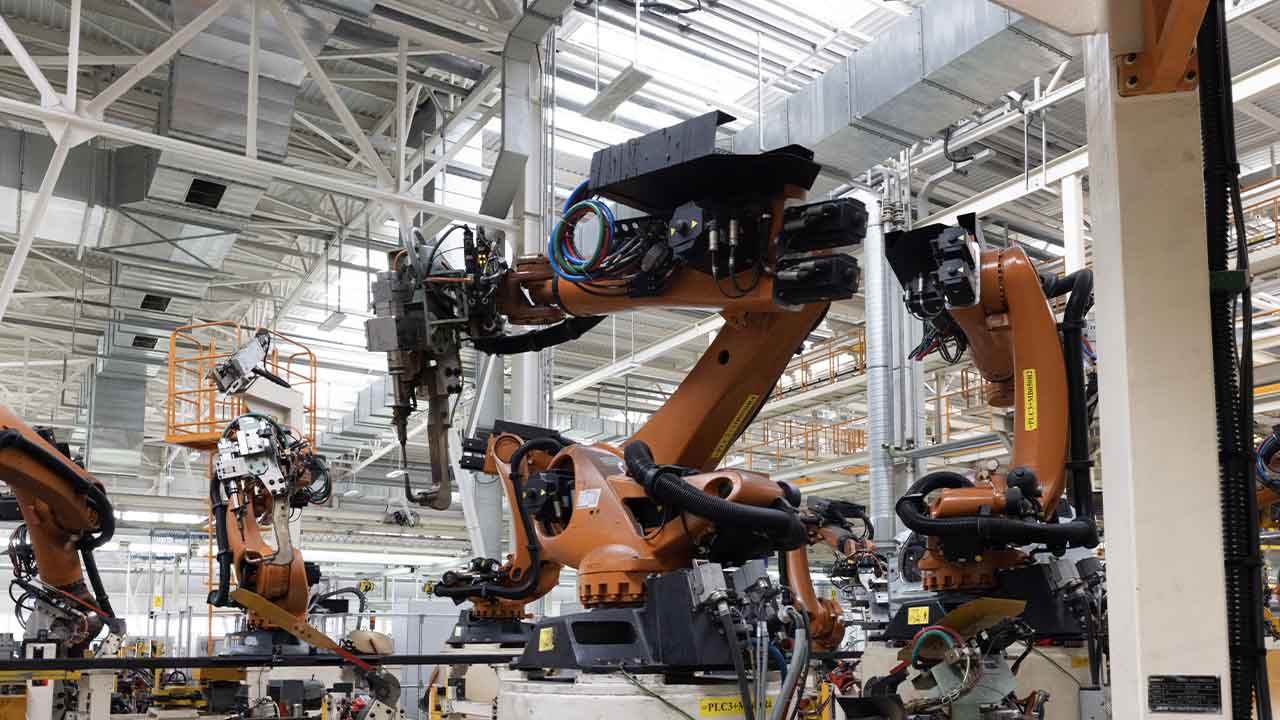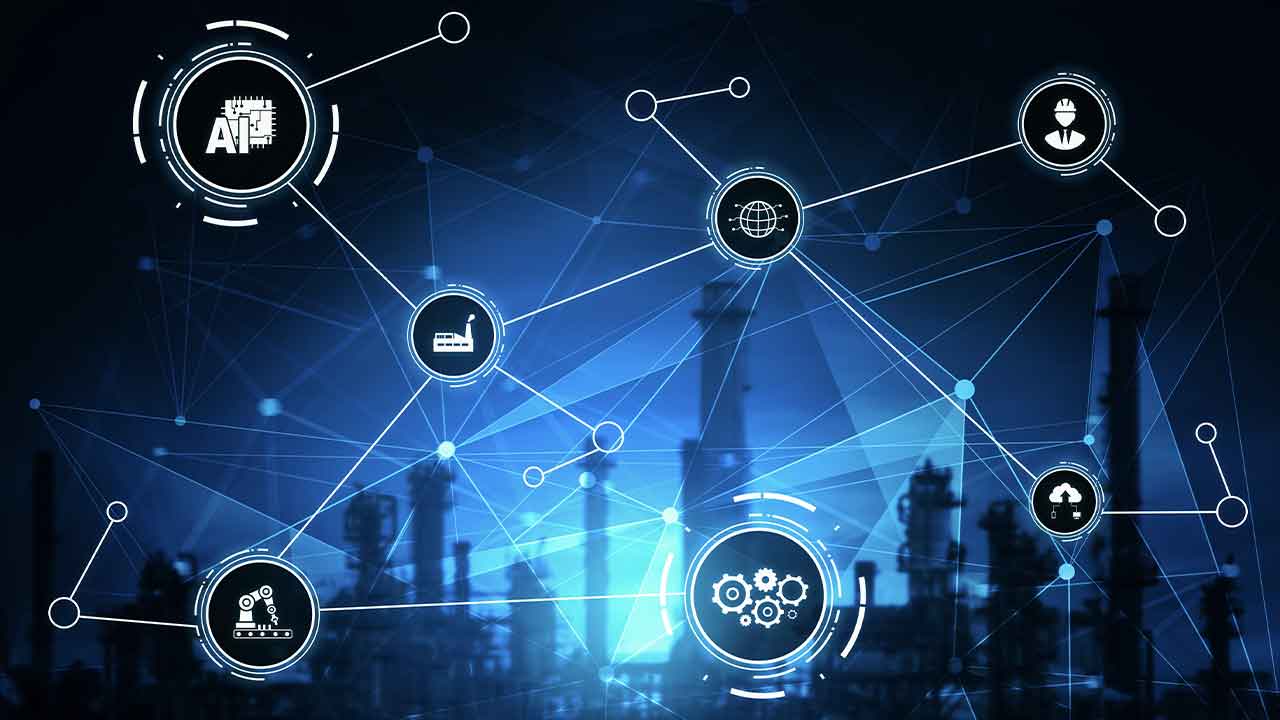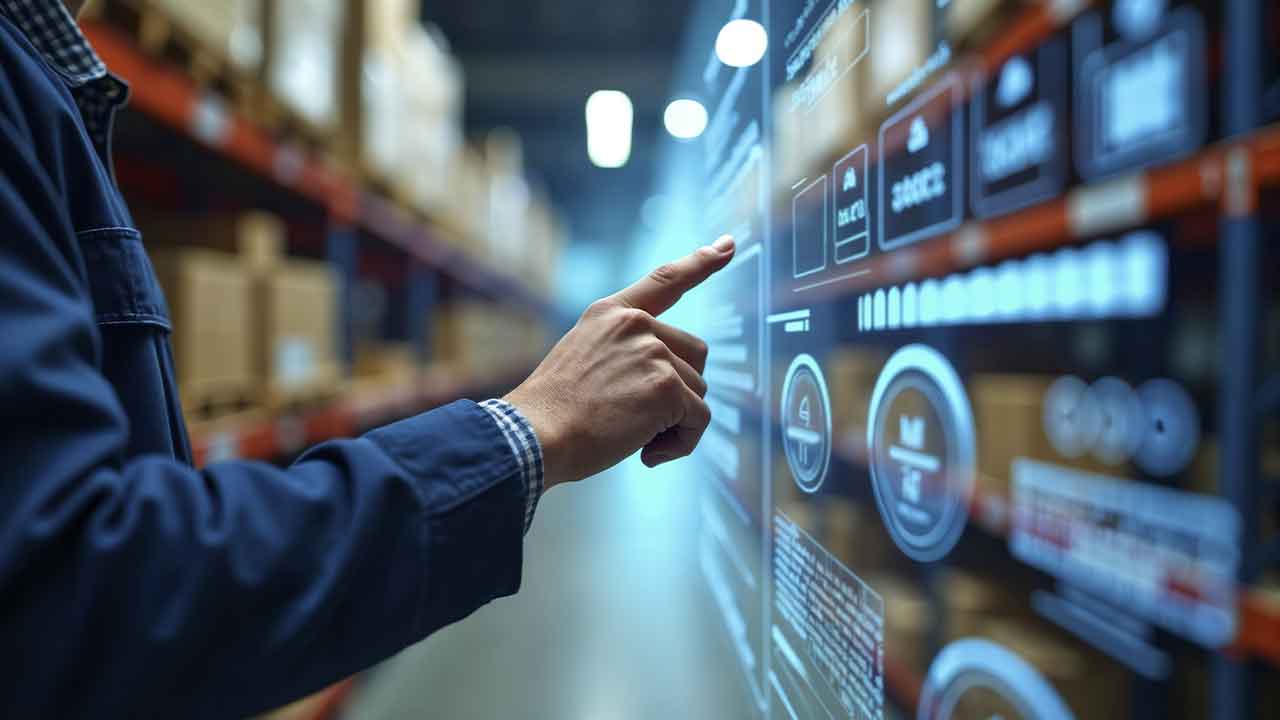Why Circular Manufacturing Needs Automation, AI, and Modular Design to Compete | SPONSORED
At Hannover Messe 2025, Ali Haj Fraj, Senior Vice President of the Digital Factory at Schneider Electric, offers a compelling perspective on one of the most pressing industrial challenges: how to balance sustainability with global competitiveness. His answer? Don’t treat them as opposing forces. Instead, treat sustainability as a core driver of performance.
Rethinking the Sustainability–Competitiveness Trade-Off
Too often, sustainability is seen as an expensive luxury—something that must be balanced against productivity. Schneider Electric argues otherwise. In fact, circular manufacturing—centered on reducing energy consumption, minimizing waste, and reusing systems—is itself a source of competitiveness. It lowers operating costs, improves efficiency, and enhances adaptability.
This shift in mindset is crucial. Instead of a linear model of “take, make, dispose,” industrial leaders must move toward “reduce and reuse.” Doing so isn’t just good for the environment—it’s better business.
Automation as an Enabler of Circular Manufacturing
The key to making this shift operational is automation. Ali emphasizes the role of automation throughout the entire machine lifecycle, from initial design to engineering, commissioning, operation, and maintenance. At every stage, intelligent automation systems create opportunities for savings, efficiency, and material reuse.
Technologies like digital twins allow manufacturers to design more flexibly and modularly—so production lines don’t need to be rebuilt for every new product. Software-defined automation enables rapid changes at the software level without physical reconfiguration. That translates to fewer resources consumed, faster time-to-market, and less waste.
Equally important is the integration of energy and automation systems. By jointly optimizing power and process from the design stage, manufacturers can significantly reduce energy usage across the production lifecycle.
AI and Robotics Drive the Next Level of Flexibility
Schneider Electric is also investing in how AI, robotics, and advanced motion systems can make factories more agile. Consumer expectations are evolving fast—particularly in industries like food and beverage, where tastes, formats, and packaging change frequently. That demands production systems that can adapt quickly without sacrificing speed or quality.
To support this, next-generation motion systems must be modular, software-defined, and AI-ready. Instead of static assembly lines, Schneider showcases machines equipped with integrated robotics, autonomous transport (AGVs), and flexible control platforms—all managed within a unified automation environment.
Introducing Schneider Electric’s Next-Gen Motion Platform
At the Schneider Electric booth in Hannover, the company unveiled its new Next-Gen Motion System, built on the Automation Expert platform. This solution marks a step forward in convergence—merging control and compute, enabling AI integration, and embedding cybersecurity and safety into the control architecture.
Sponsored by Schneider Electric.
About the author
Lucian Fogoros is the Co-founder of IIoT World.



